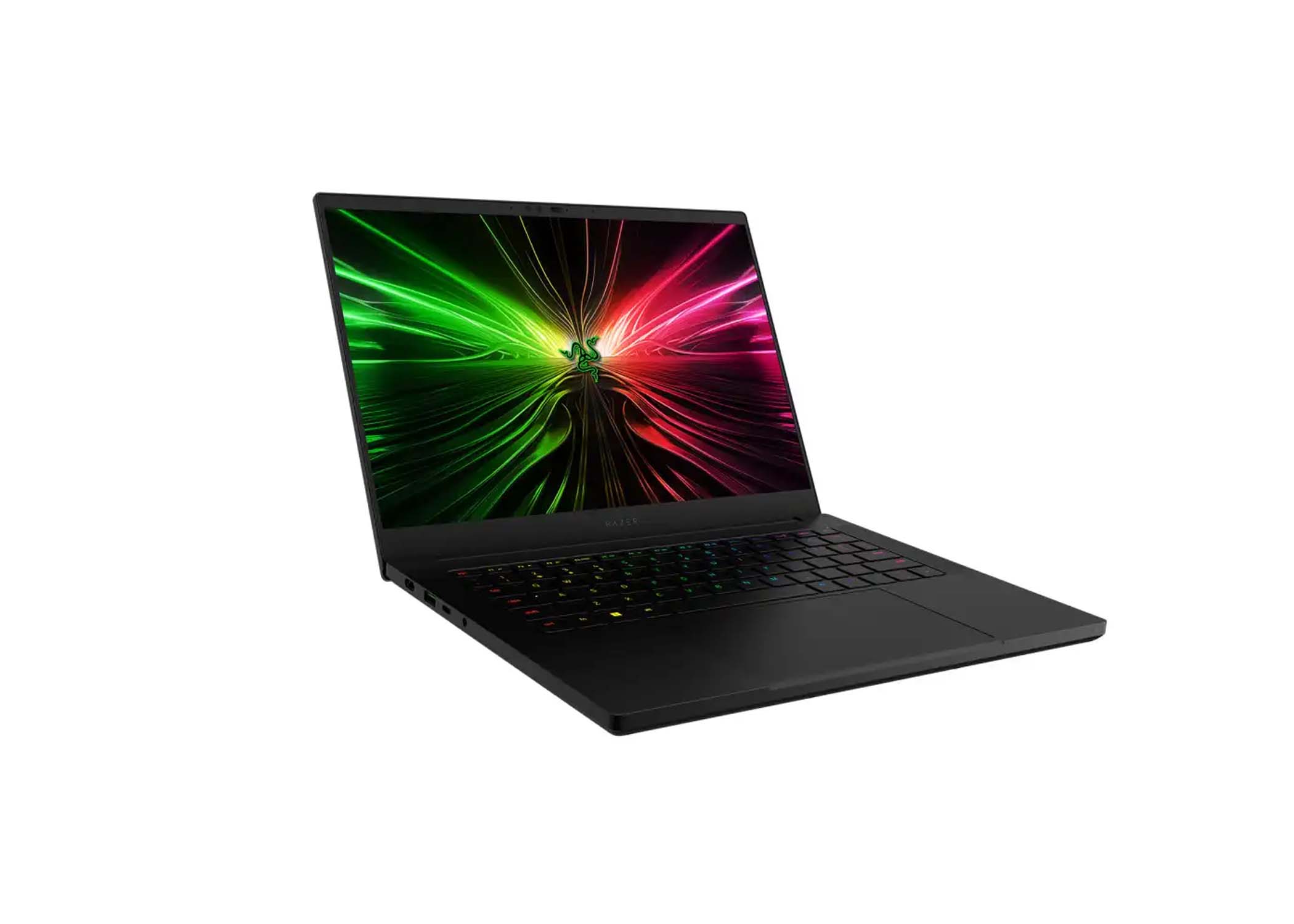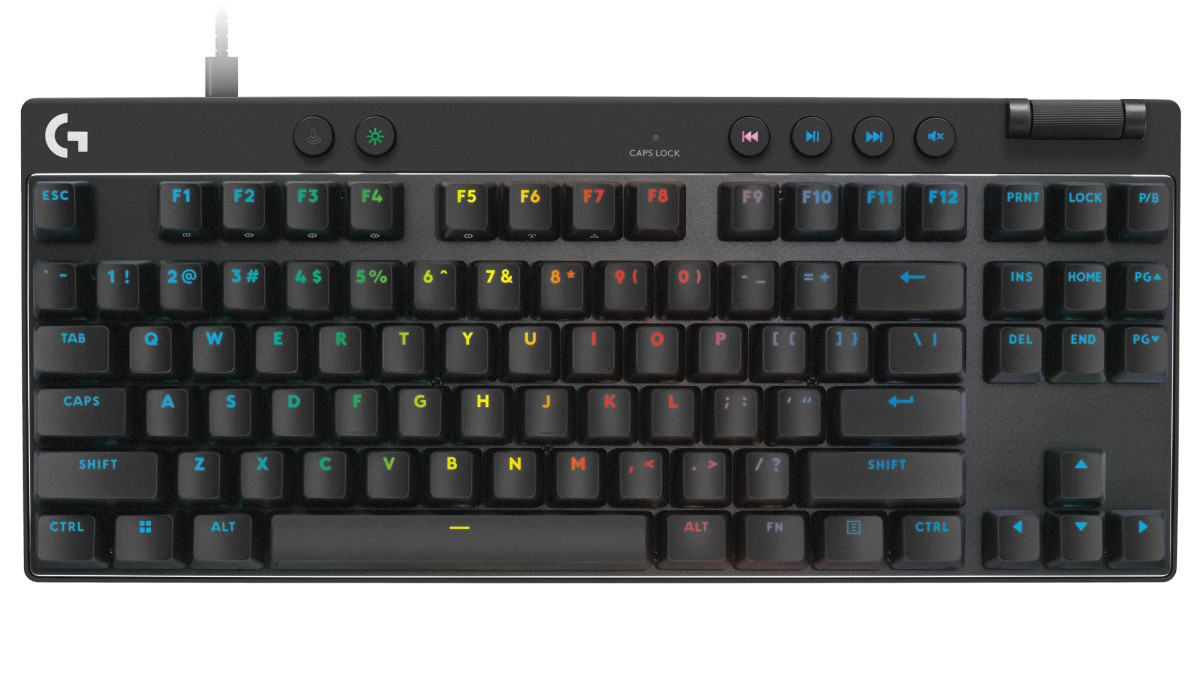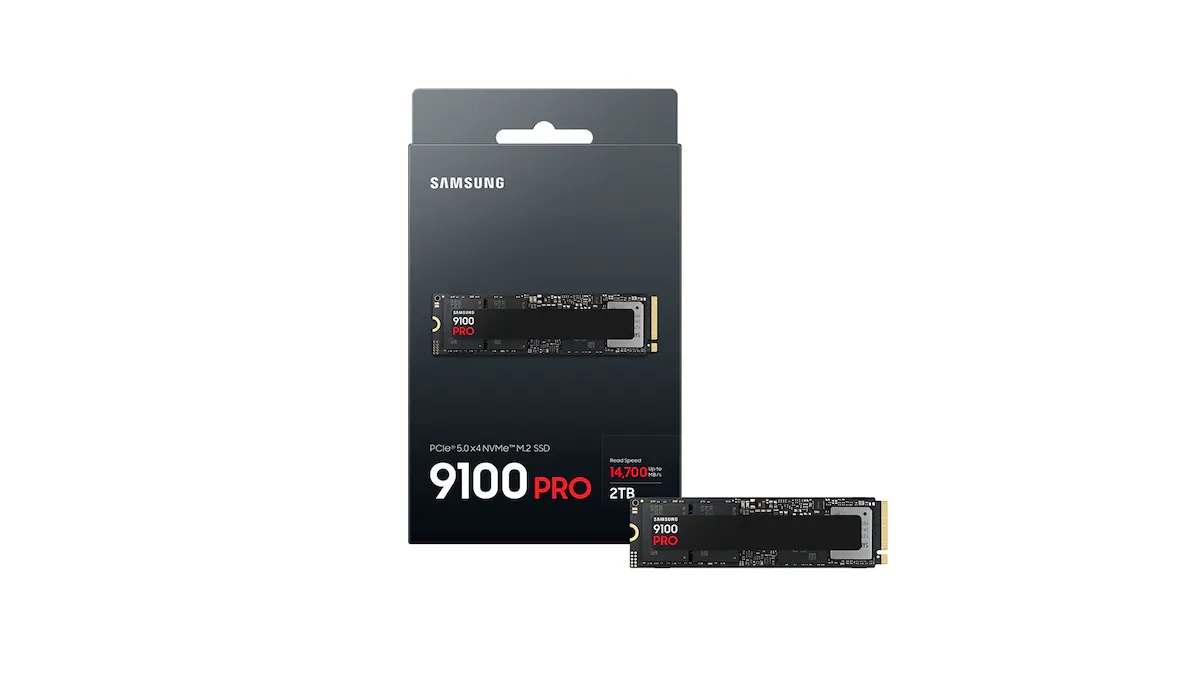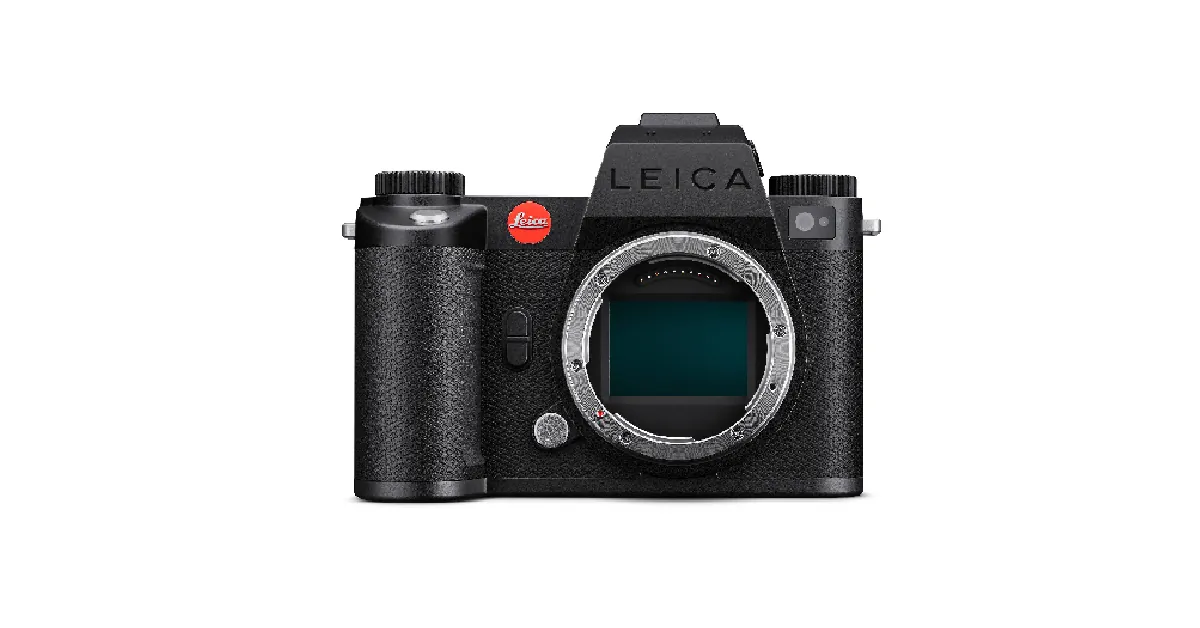Razer’s Blade gaming laptops stand out as top-tier choices. The 2024 Blade 14 introduces a subtle yet significant change: it’s now available in classic black and Mercury (silver) from launch. This might seem minor, but it offers a discreet yet powerful portable gaming solution. Crafted from a single block of aluminum, its chassis is both elegant and durable. Additionally, it boasts a variety of ports for versatile connectivity. Consequently, the Blade 14 balances robust gaming capabilities with portability, making it a versatile option for users.
Razer’s Design Transformation: Embracing Silver
Razer sticks to the tried-and-true philosophy with the Blade’s design, opting not to fix what isn’t broken. This approach mirrors that of the MacBook Pro, especially in terms of durability and sturdiness. The laptop maintains its solid feel, with minimal flex, particularly on the lid. Unlike the MacBook, it boasts an array of ports, featuring four USB ports (two 3.2 Type-A and two Type-C with USB 4), a 3.5mm audio jack, and a full-size HDMI 2.1 connector.
Razer Blade 14 (2024): A Compact Powerhouse
This 14-inch gaming marvel packs a punch, albeit at a premium price. It serves as an excellent choice for those seeking a portable gaming setup or a mobile editing hub. The absence of a built-in microSD card reader is a notable downside.
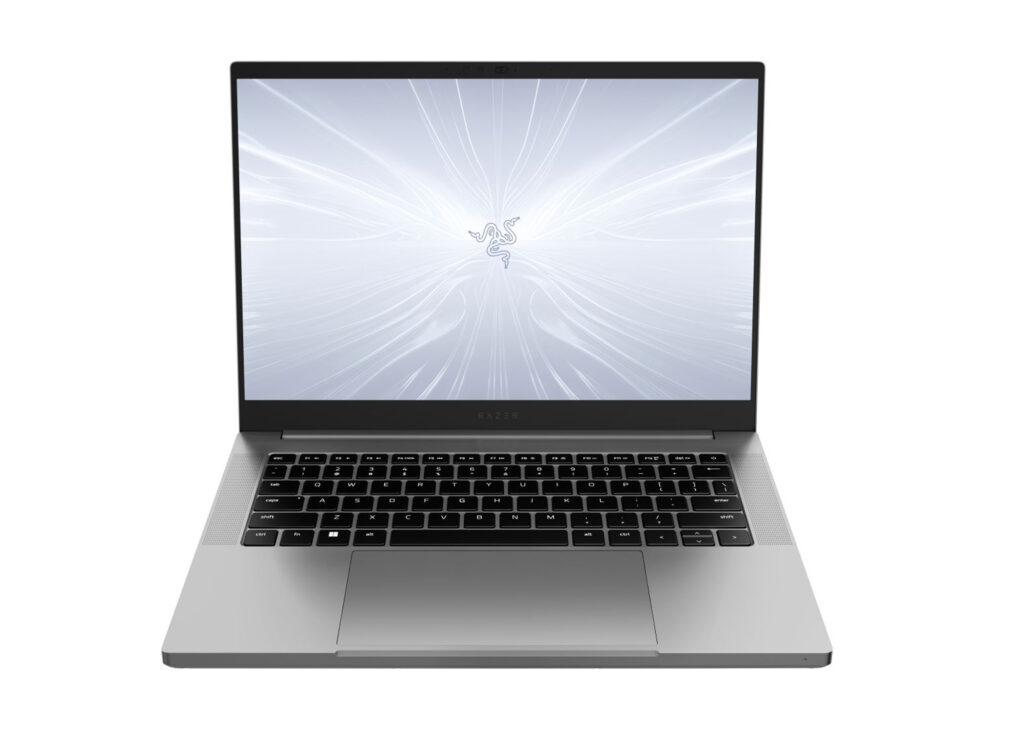
Pros:
- Impeccable construction
- Vibrant 240Hz display
- Impressive performance
- Surprisingly long battery life
- Equipped with a built-in webcam shutter
- Available in both black and silver upon release
Cons:
- High price tag
- Lack of an SD card reader
Furthermore, the Blade 14 boasts a dedicated power socket, eliminating the need for extra slots during charging. Even though USB-PD support allows third-party chargers, they offer reduced performance due to a 100-watt limit, compared to Razer’s 230-watt brick.
Despite its sturdy frame adding some weight (4.05 pounds), slightly more than competitors like the ASUS ROG Zephyrus G14 (3.31 pounds), the Blade 14 lacks an SD card reader, unlike its larger sibling, the Blade 16.
The Blade 14 boasts a high-quality display
With a 2560 x 1600 LCD panel supporting AMD FreeSync. It covers 100% of the DCI-P3 spectrum and offers over 450 nits brightness. The anti-glare coating ensures minimal reflections, ideal for gaming, movies, and editing. However, it lacks an OLED panel option like the Blade 16.
Additionally, the laptop features a 1080p webcam with an IR sensor for Windows Hello. Razer’s inclusion of a physical shutter enhances privacy.
Performance: Leading the Pack
The Blade 14 comes in two versions: a standard setup featuring an AMD Ryzen 9 8945HS processor, 16GB RAM, 1TB SSD storage, and an NVIDIA RTX 4060 graphics card. There’s also an upgraded variant with 32GB RAM and an RTX 4070 (which we tested). In essence, it’s blazing fast, offering top-tier performance for a 14-inch laptop. In PCMark 10, the Blade 14 scored 7,436, outshining the ASUS ZenBook 14 OLED with an Intel Core Ultra 7 155H chip, which scored 6,170. More importantly, it effortlessly handles almost any game.
In Cyberpunk 2077 at 1080p with ultra settings, the Blade 14 achieved 101 fps, while the MSI Stealth 14 Studio with an RTX 4060 managed only 67 fps. Even at 1440p, it maintained a playable 66 fps. Likewise, in Returnal at 1080p with epic presets, the Blade 14 soared to 92 fps, leaving the MSI behind at 78 fps. Unless you’re considering a larger 15- or 16-inch system with space for an RTX 4080 or higher, this performance is as good as it gets in this category.
Battery Life: Surprisingly Decent, Except for Gaming on the Go
While gaming laptops often struggle with battery life, the Blade 14 impresses with 6 hours and 46 minutes on PCMark 10’s Modern Office test. That’s over an hour longer than the MSI Stealth Studio 14 and almost enough for a full workday, but nowhere near the endurance of non-gaming ultraportables like the ZenBook 14 OLED.
Despite attempts to save power, such as reducing the display to 60Hz on battery, you’ll still need to keep the charger nearby. During a 40-minute game of Teamfight Tactics, the Blade’s battery drained from 85 to 45 percent.
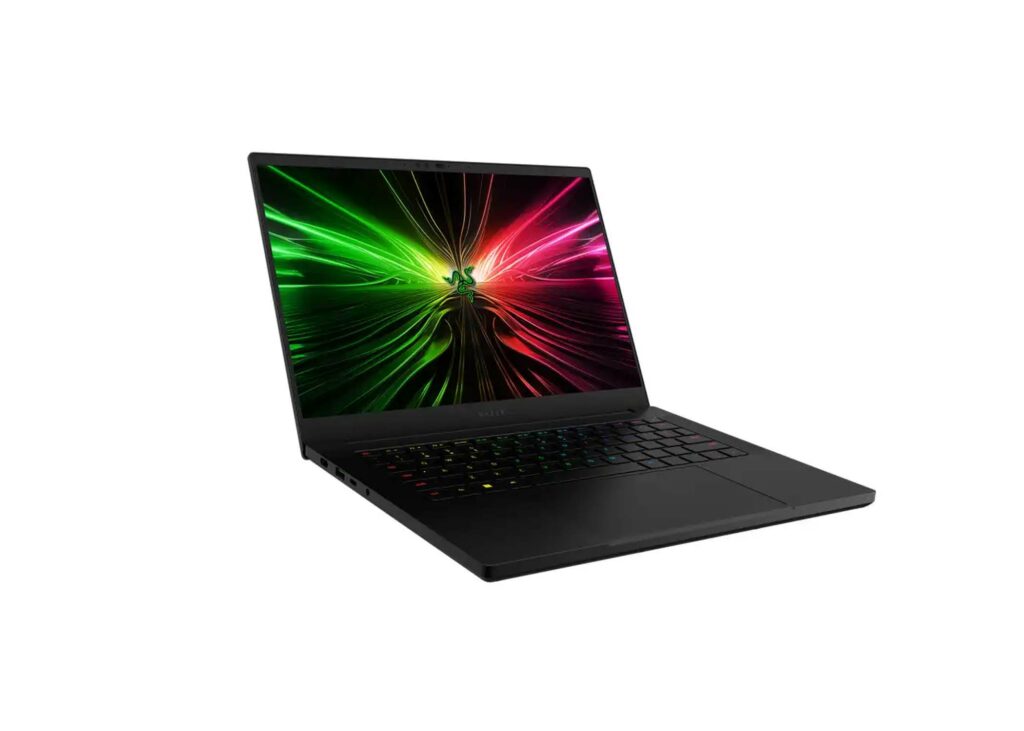
Conclusion
Priced at $2,200 or $2,700 configured, the Blade 14 leans towards the expensive side. Yet, this is typical for Razer’s laptops, offering a premium experience with top-notch build quality, a stunning display, and impressive performance. Whether for gaming or editing on the move, it excels. The availability of a silver model at launch adds to its appeal beyond gaming events. However, the ASUS ROG Zephyrus G14, with similar specs starting at $1,600, presents a tempting alternative. Still, if budget isn’t a concern, the Blade 14 remains a solid choice.
Discover more from NewForTech
Subscribe to get the latest posts sent to your email.

